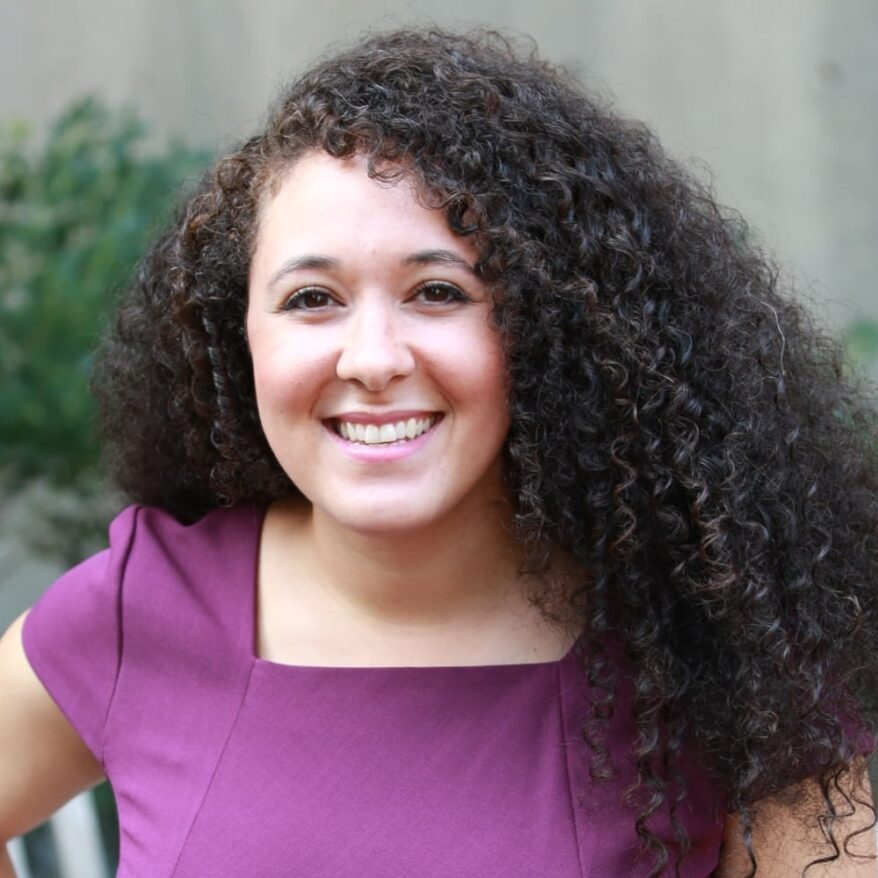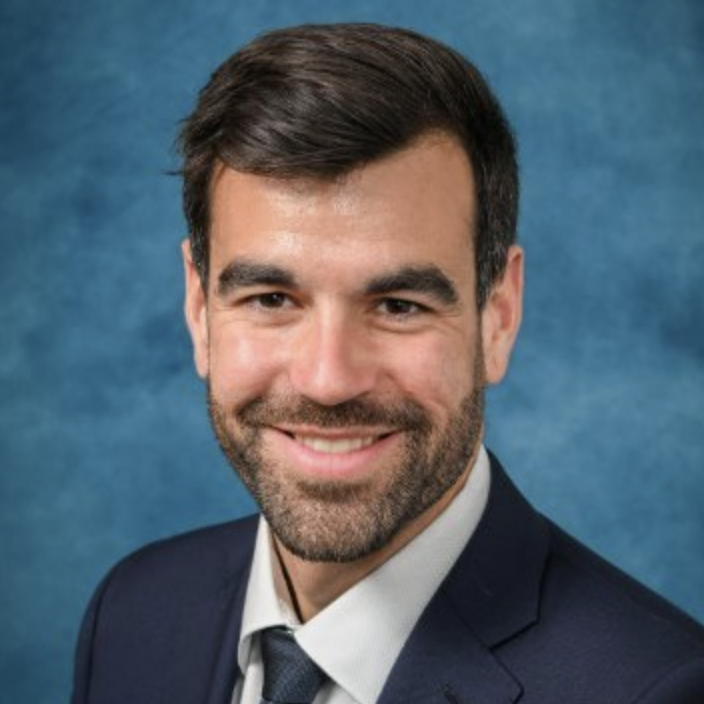
03:00 - 04:30 pm
Follow the Money: $190 Billion to Confront Challenges, Seize Opportunities

“One of the challenges that we’ve heard districts talk about a lot is just the availability of talent and vendors. We’re in a very tight labor market. And so we’ve worked with districts who are trying to get a social worker in every school or districts who are trying to increase the number of teachers for intervention or districts who are trying to ramp up tutoring, and in all of those cases we’re finding challenges that everyone is going after the same staff [so it is difficult to] fill those open positions.”
Anu Malipatil of the Overdeck Family Foundation moderated an informative and data-rich discussion with Dorn and other experts from Education Trust, National Rural Education Association, McKinsey & Company, COVID Relief Data Project, FutureEd, and Overdeck Family Foundation as they unpacked statistics about district spending plans versus actual spending at the two-year mark and the difference between dollars spent and funding commitments made to date. We learned about how State Education Agencies are investing their 10% set aside and the top trends in their spending in support of academic recovery. And we gained a glimpse of promising strategies and examples of district investments that are making an impact on equitable learning recovery and can be replicated in the remaining time allowed for ESSER spending.
Reflecting the challenge identified by Dorn, David Ardrey of the National Rural Education Association shared how rural districts leveraged their entire community to fill gaps and address the needs during the pandemic:
“What you’ll find with rural districts is that they [took an] all-hands-on-deck approach, and that didn’t just include teachers or educators; that was administrators, bus drivers, ancillary employees coaching staff and the custodians. And rural districts…did a great job of finding partnerships that were available, whether that was through higher ed or community services, or whatever organization they could find to help them as a resource, they were using those resources in a very effective way. “
With all of the recent headlines proclaiming that “federal funding is going unspent by many school districts,” this webinar gave us the insight and intel to dispel misconceptions and understand what is really going on as we move into 2023 and continue to do all that we can to support children and families in their recovery from the disruptions caused by the pandemic.


 All Events
All Events




